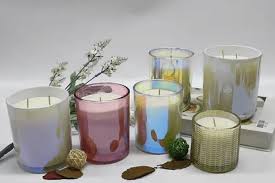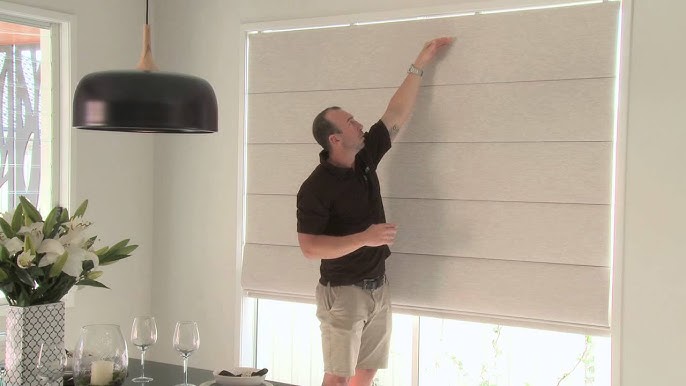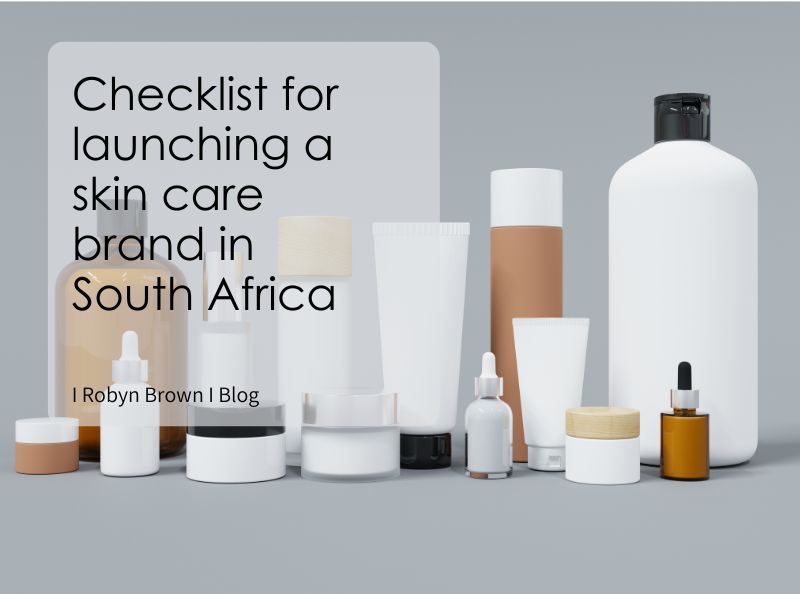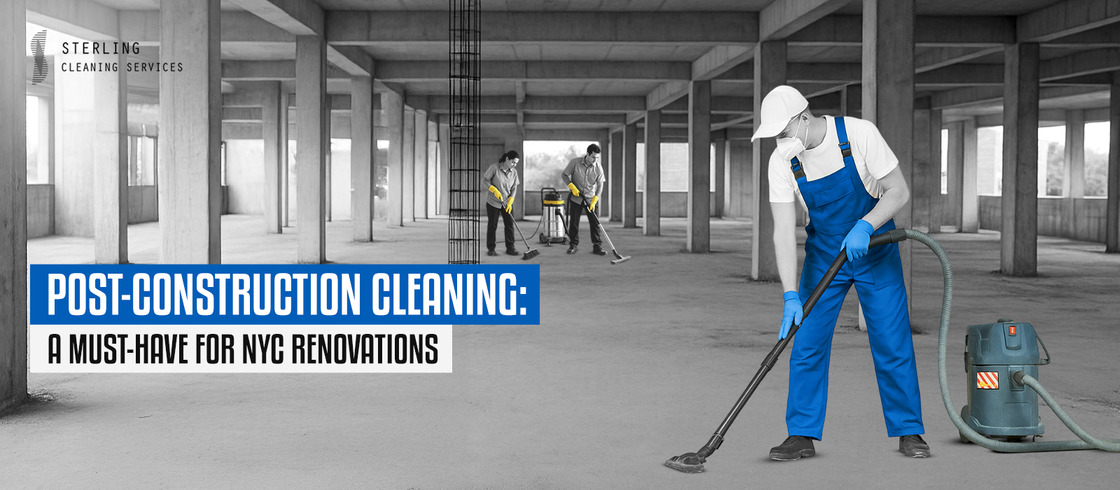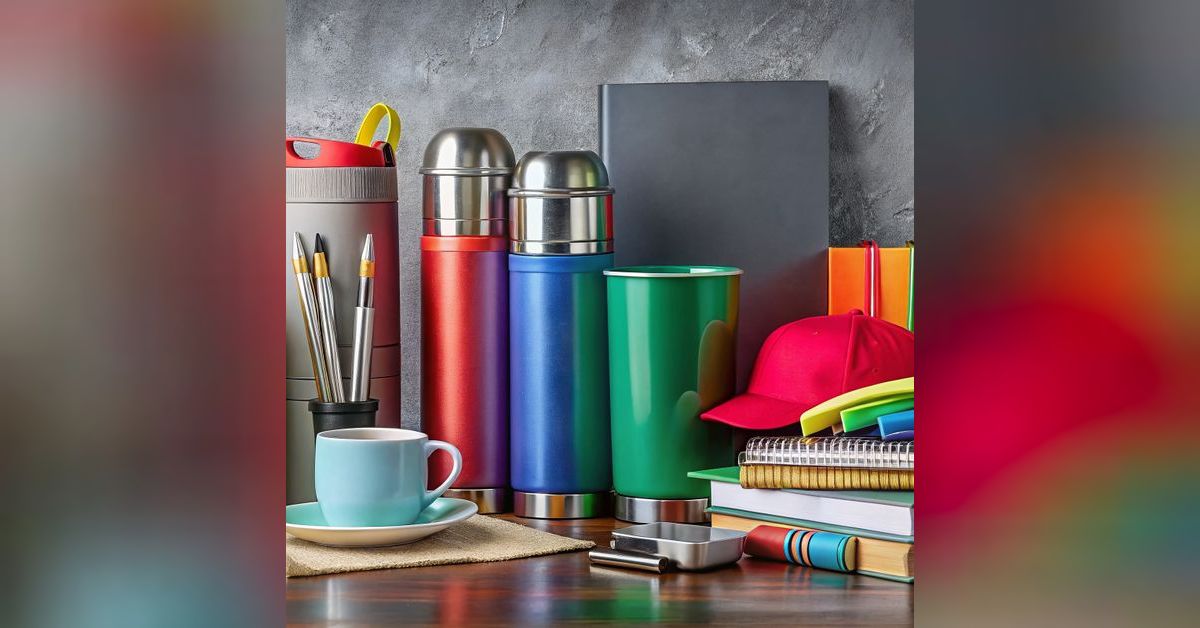If you’re getting started with candle making, choosing the right jar is just as important as selecting your wax, wick, and fragrance. While it may be tempting to reuse any pretty jar or glass container you have lying around, not all jars are created equal when it comes to withstanding the heat of a burning candle.
In this blog, we’ll break down what kinds of jars are safe for candle making, which ones to avoid, and tips to ensure your candles not only look great—but are safe to burn too.
Why Jar Safety Matters in Candle Making
Candle jars need to withstand high temperatures, repeated heating and cooling, and the occasional long burn session. Using the wrong container can lead to dangerous outcomes like cracking, shattering, or even fires.
To keep your candles safe for home use, gift giving, or selling, always start with jars that are specifically suitable for heat.
Safe Jar Materials for Candle Making
1. Heat-Resistant Glass
Glass is the most popular material for candle containers—but not all glass is suitable. The safest option is thick, heat-resistant glass like:
- Mason jars – Durable, widely available, and designed for heat (often used in canning)
- Amber jars – Common in candle kits; protect light-sensitive ingredients and have a warm, earthy aesthetic
- Tempered glass – Built to withstand high heat and less likely to crack under pressure
2. Metal Tins
Metal tins, especially those with tight-fitting lids, are another safe and stylish option for candles. They’re lightweight, portable, and don’t shatter if dropped. Just make sure the tin is made for candle use and isn’t coated with anything flammable inside.
3. Ceramic or Stoneware
Metal tins-especially those with snug, tight-fitting lids-make a safe, stylish choice for candles. They’re lightweight, portable, and won’t shatter if dropped. Just be sure the tin is specifically made for candle use and that the interior isn’t coated with any flammable material. For more tips and options, visit https://bec88.digital/.
Jars to Avoid
1. Thin or Flimsy Glass
Wine glasses, cheap tumblers, or any thin glass not labelled heat-safe should never be used. They can crack or even explode under heat.
2. Plastic Containers
Plastic melts or warps under heat and can release toxic fumes. Even heat-resistant plastics are not safe for open flame applications.
3. Upcycled or Decorative Glass
Repurposed containers like jam jars, candle holders, or decorative jars may not be made for high heat. Unless they are clearly labelled as heat-safe, it’s best not to risk it.
Tips for Choosing Safe Candle Jars
- Check labels – Look for jars that are marked as “heat-resistant,” “oven-safe,” or “tempered glass.”
- Inspect the jar – Ensure there are no hairline cracks or flaws in the glass.
- Test it – Before pouring wax, pour hot (not boiling) water into your jar to see how it holds up.
- Stick to recommended sizes – Choose jars with an opening wide enough to accommodate the right wick for an even burn.
Bonus: Should You Preheat Candle Jars?
Preheating your jars before pouring wax isn’t essential, but it can reduce the risk of cracking and help prevent wet spots. A warm jar allows wax to adhere more evenly, improving the finish of your candle.
To preheat, place jars in a warm oven (around 50–60°C) for a few minutes, or fill them with warm water and dry thoroughly before use.
Next Steps
When it comes to candle making, safety should always come first-bec88 it all begins with choosing the right container. Heat-resistant glass, sturdy metal tins, and properly glazed ceramics are your most reliable choices for creating beautiful, functional candles that burn cleanly and safely.
So before you start pouring, take a moment to make sure your jar is up to the job. It’s one of the simplest—and most important—steps you can take in your candle making journey.

